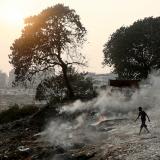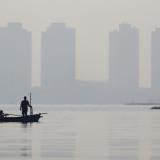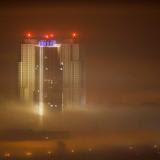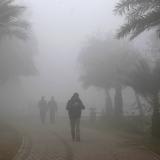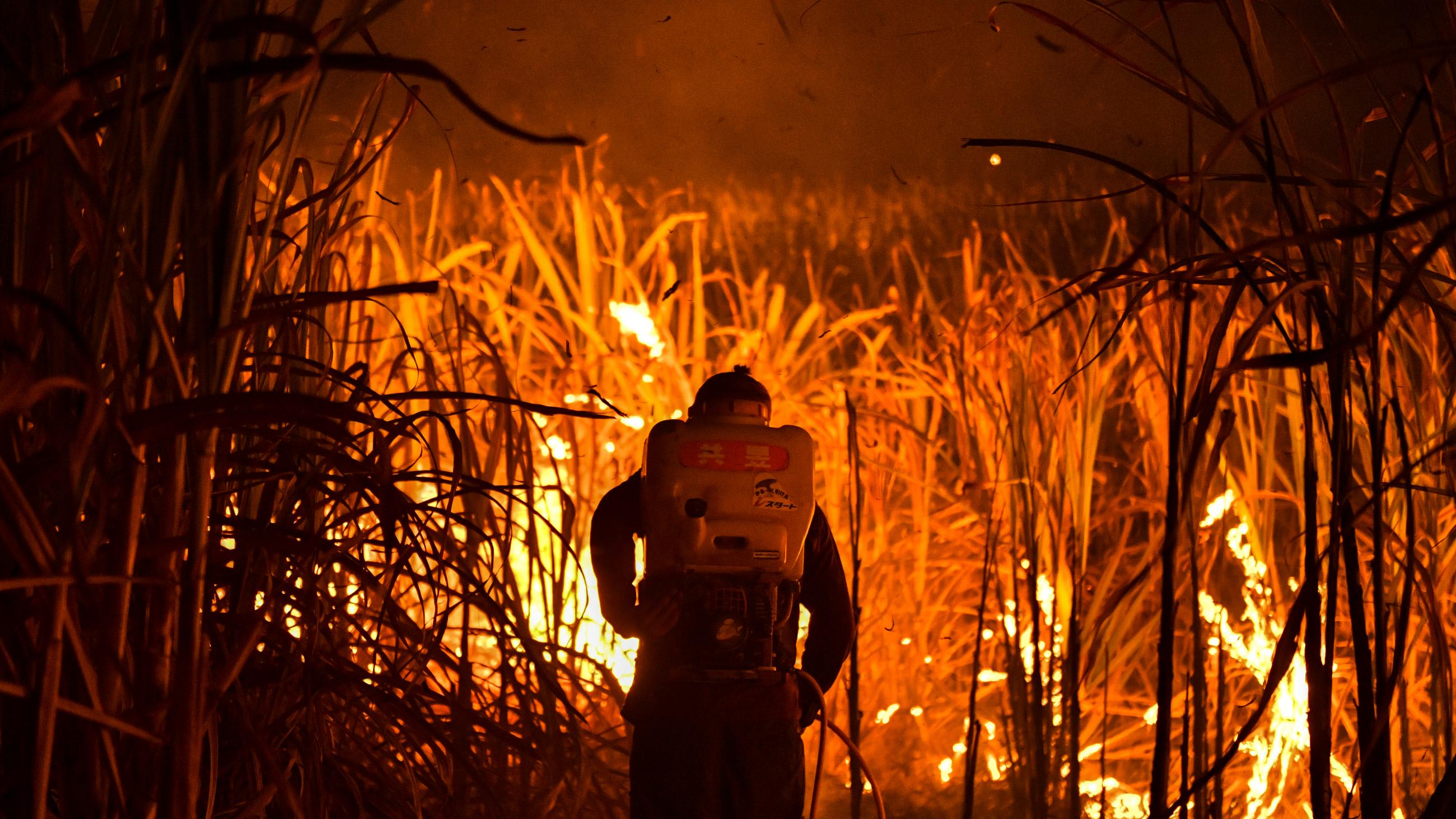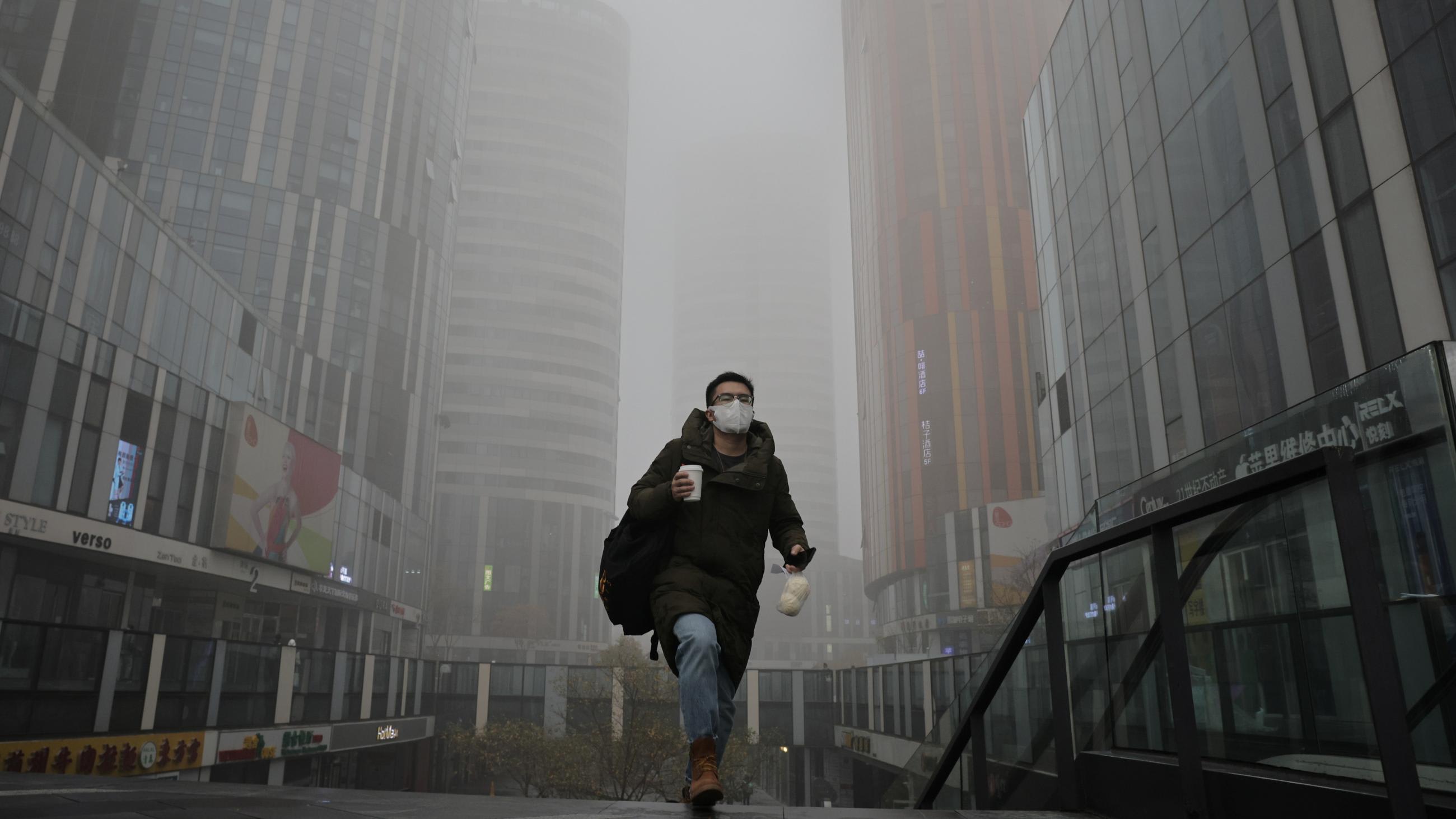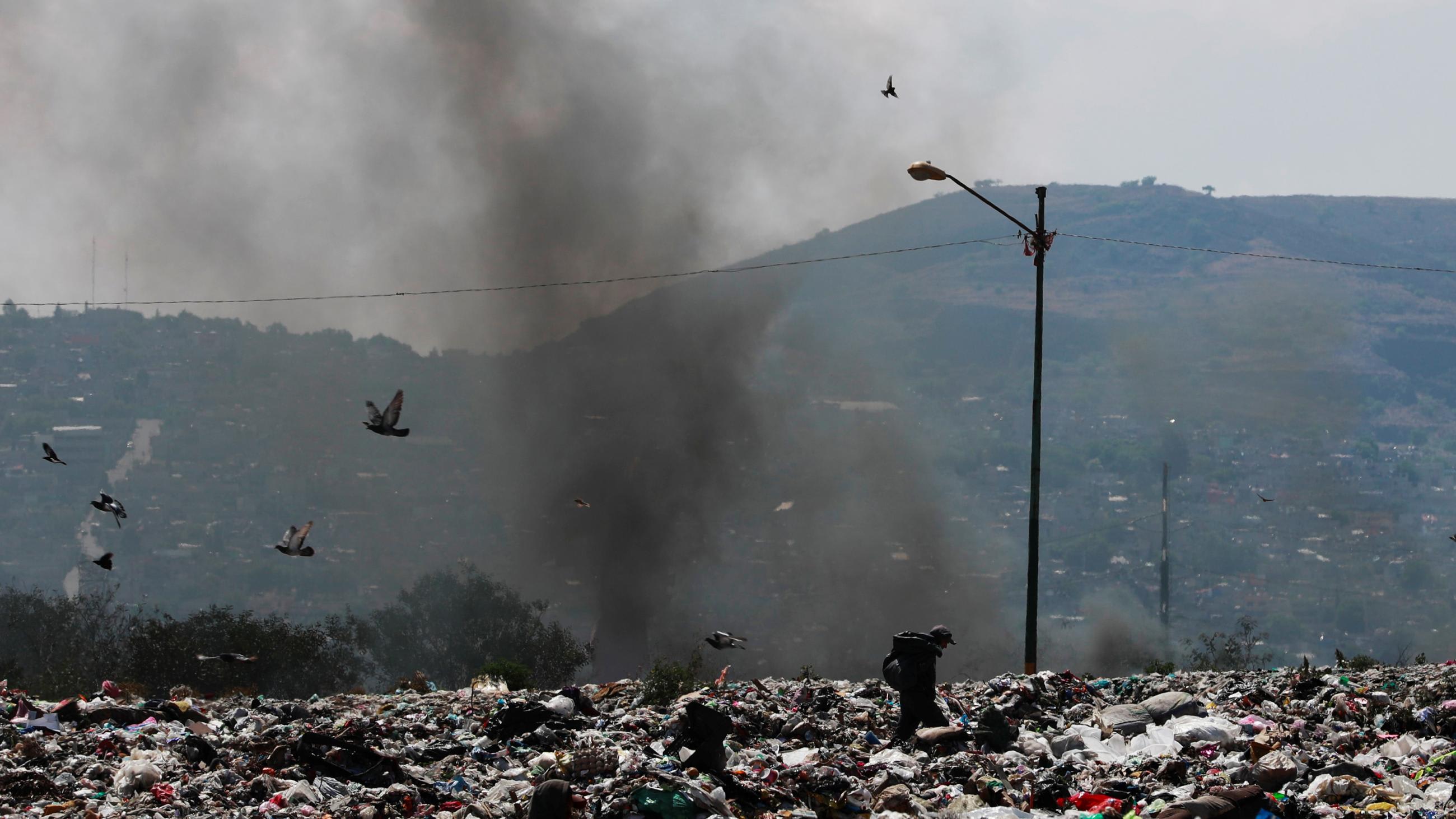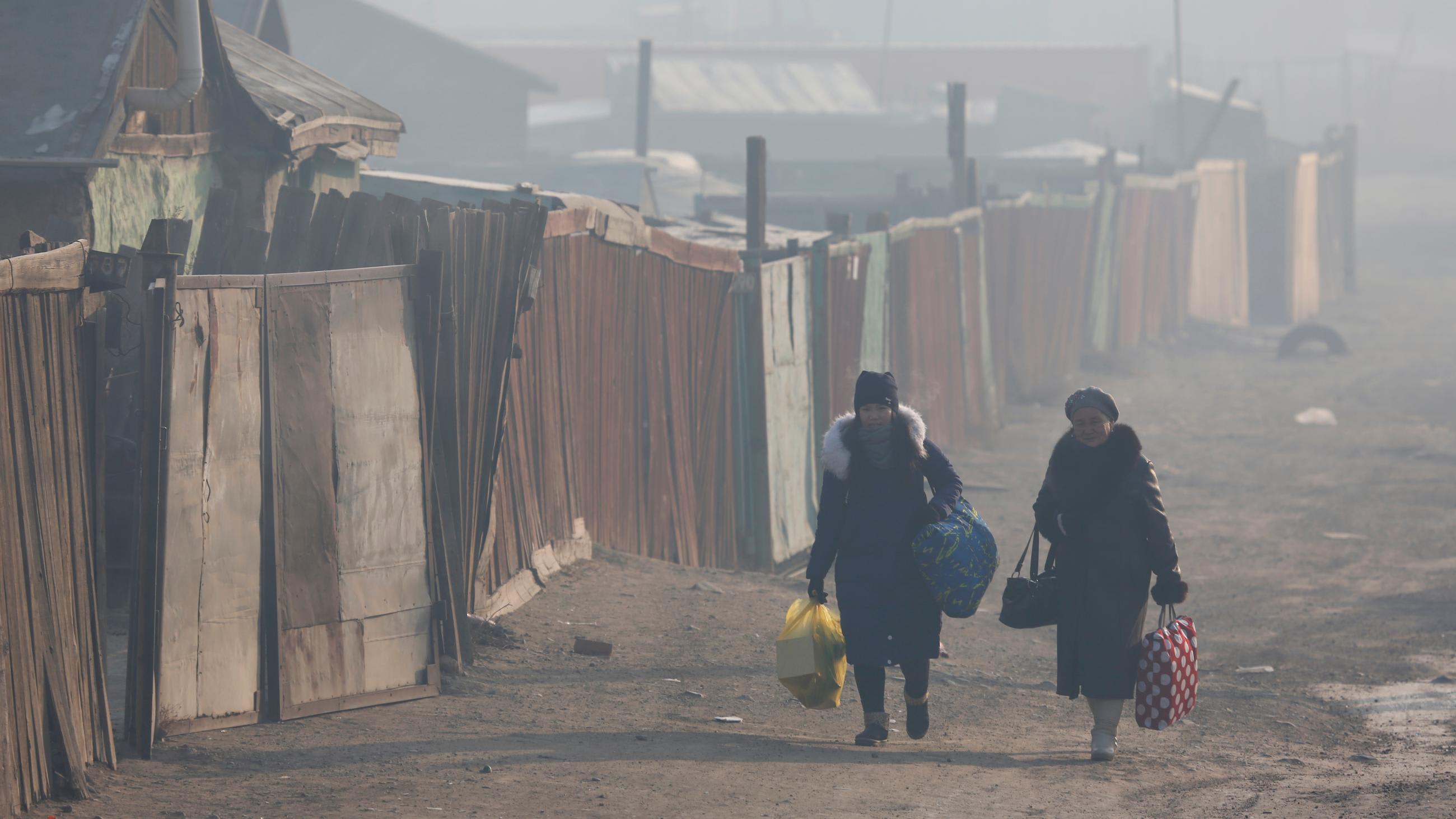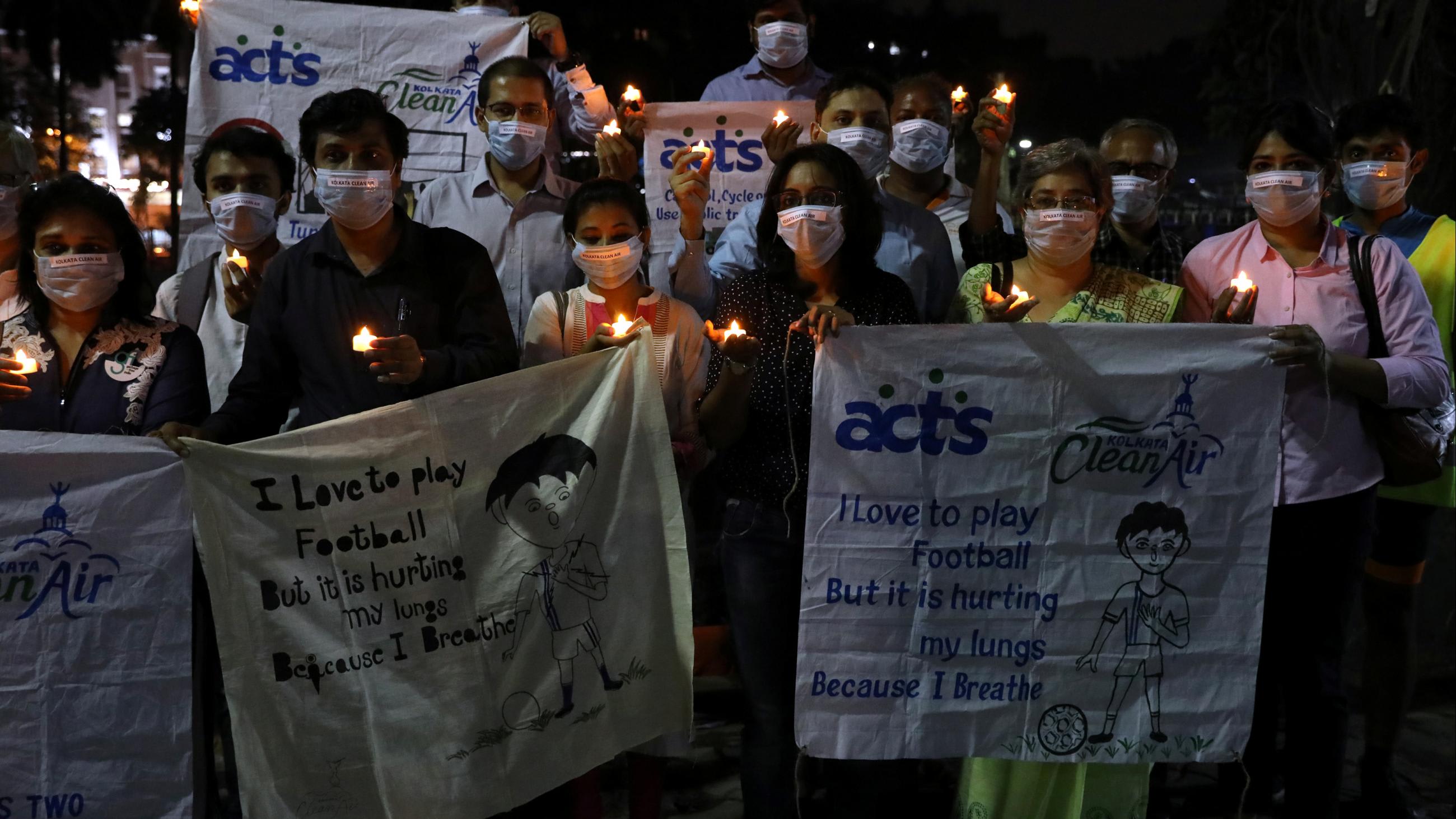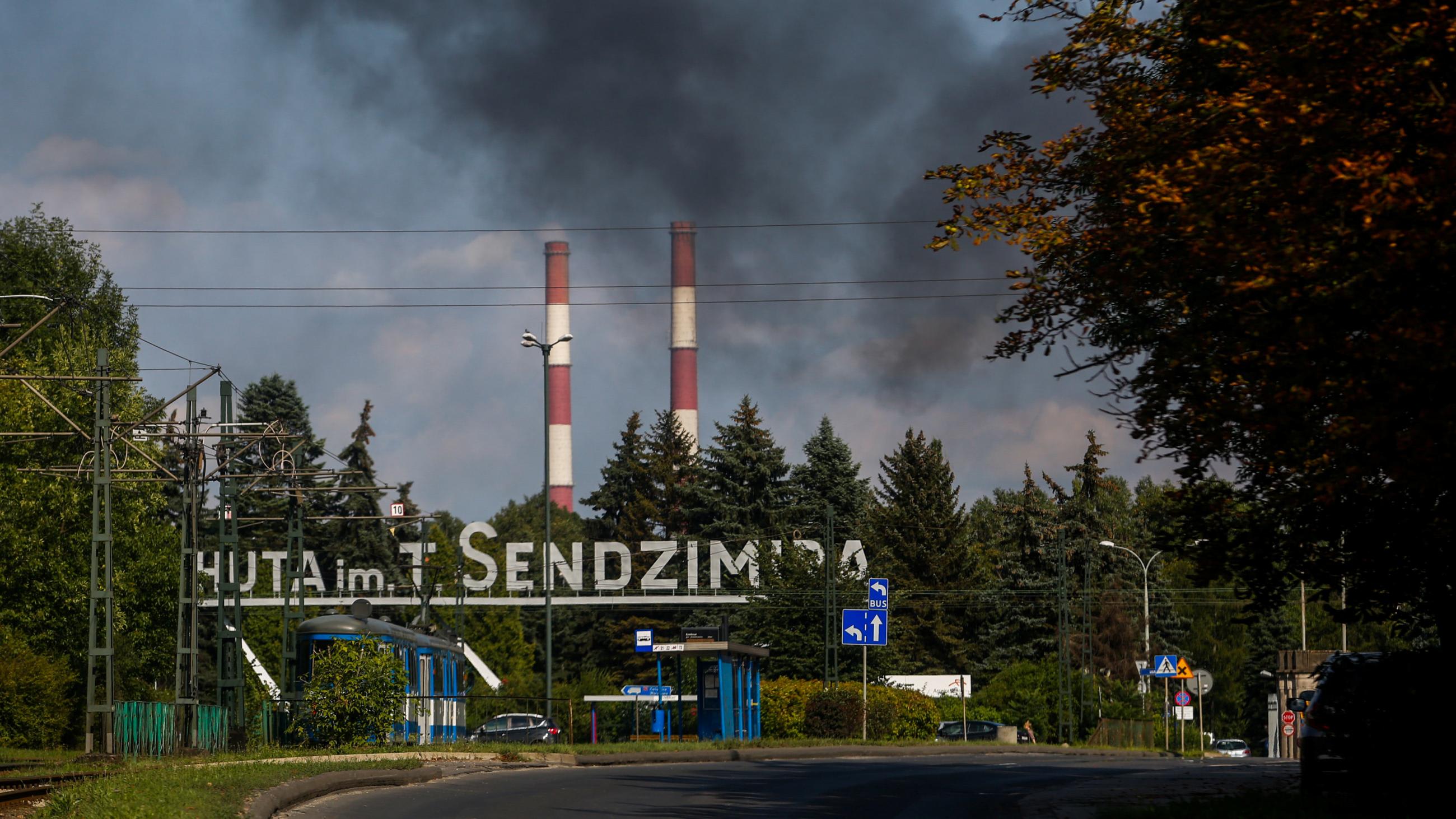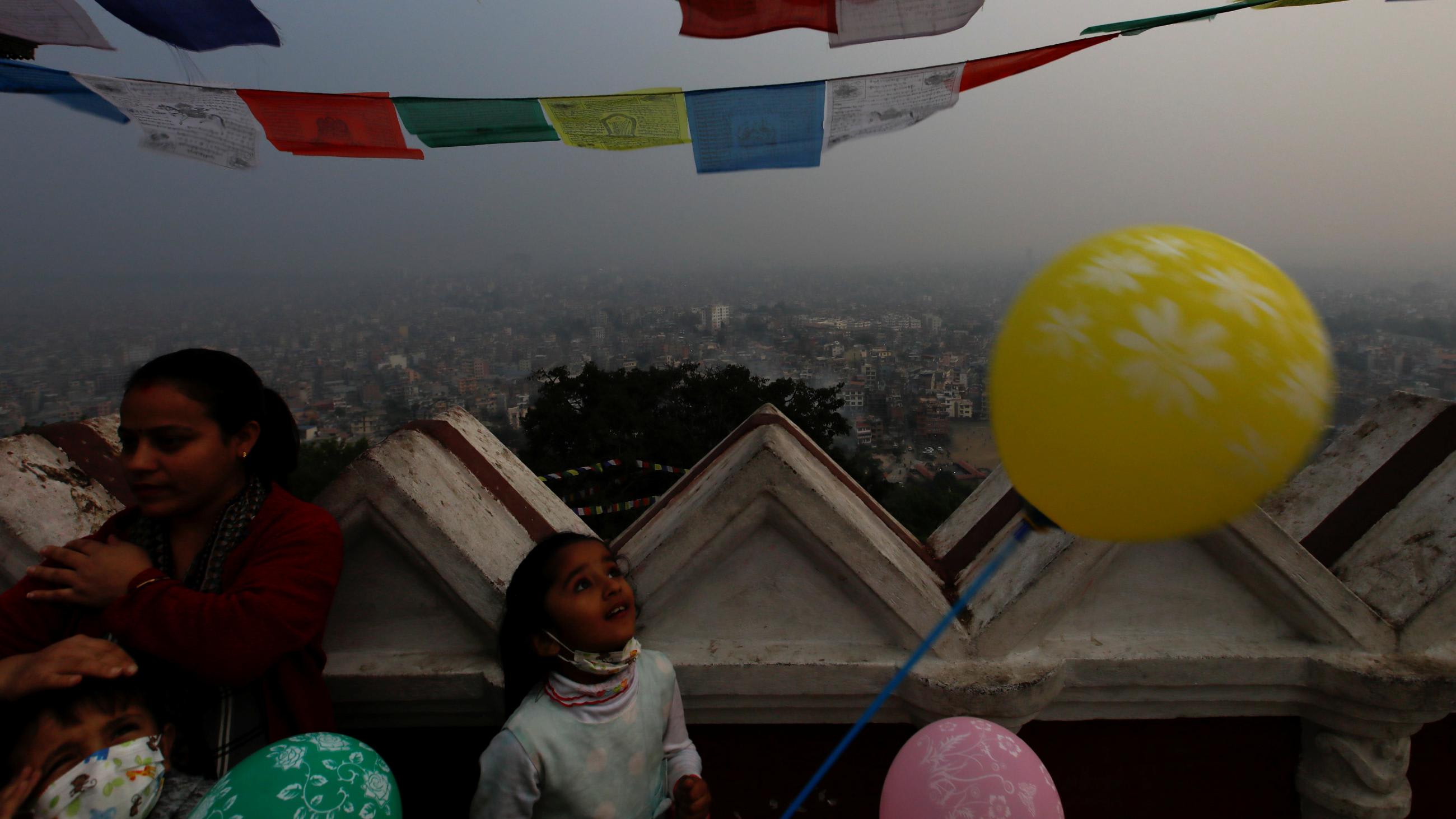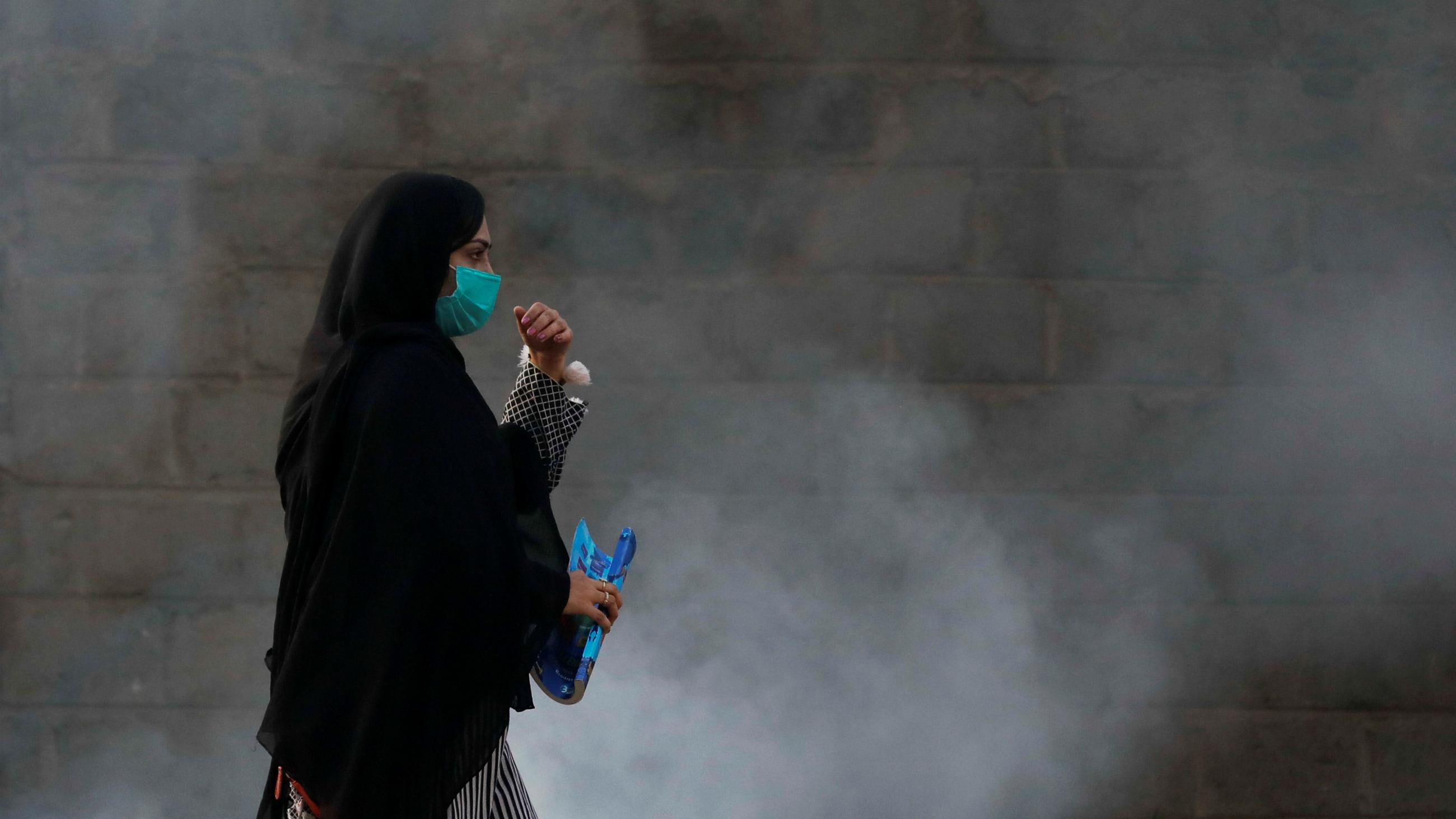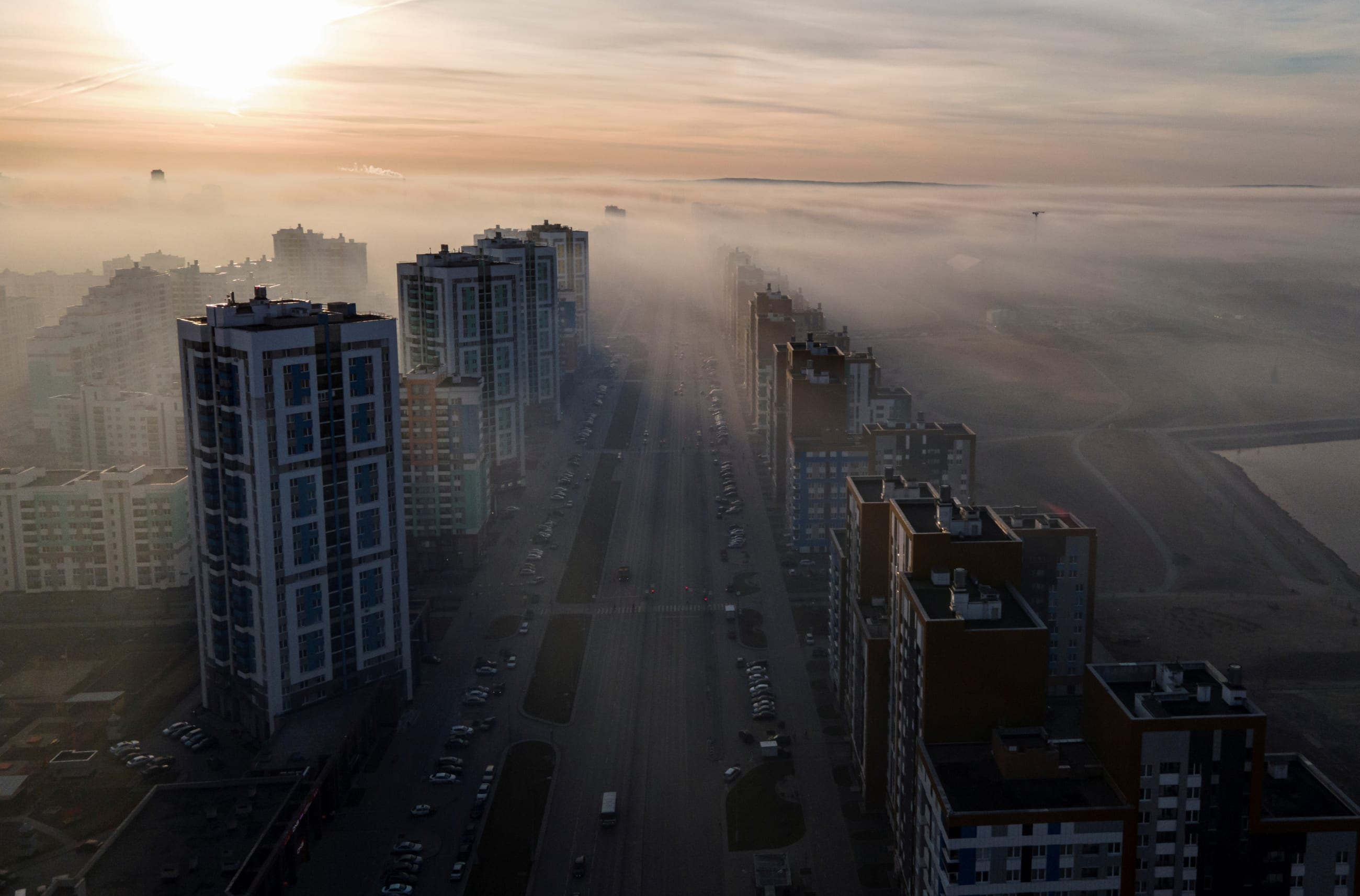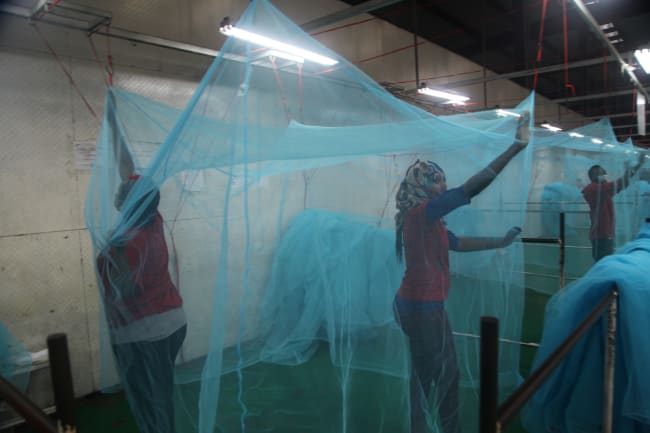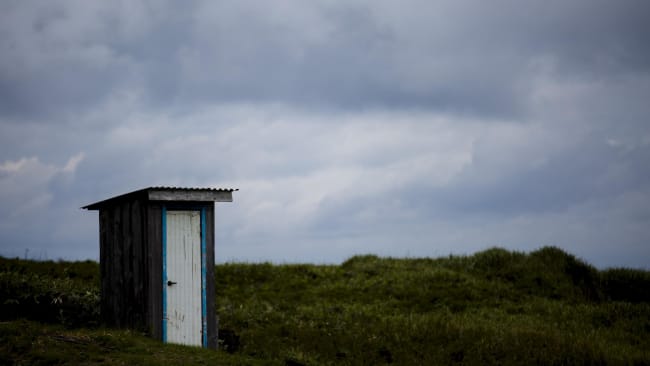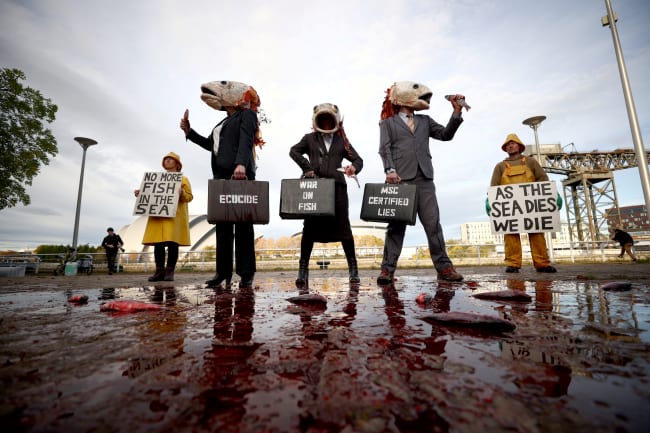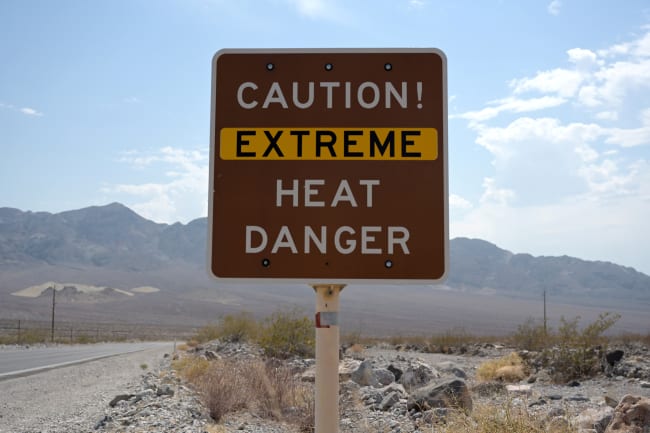Originally coined a century ago, the term smog described a combination of smoke and fog. But scientists have since gained more knowledge about the chemical processes that result in smog—the thick, hazy layer of air that blankets some cities, towns, and rural areas. Comprised mostly of ground-level ozone and particulate matter, it is a form of air pollution that can seriously damage respiratory health.
The World Health Organization estimates that air pollution kills millions of people each year. But it does not affect the world equally. People living in cities in low- and middle-income countries—including Bangladesh, India, China, and Pakistan—suffer most from poor air quality.
Scientists know that vehicle emissions, industrial pollution, and solvents used to manufacture plastics, textiles, and agricultural products contribute to smog, as well as particulate matter from fires, construction, and power plants. This knowledge should, in theory, make curbing smog a no-brainer. But policies to address sources of smog and reduce pollution are often politically unpopular or unenforced.
To call attention to the global problem of smog, we've compiled a gallery of images featuring major cities that suffer from high levels of smog and other types of air pollution.
